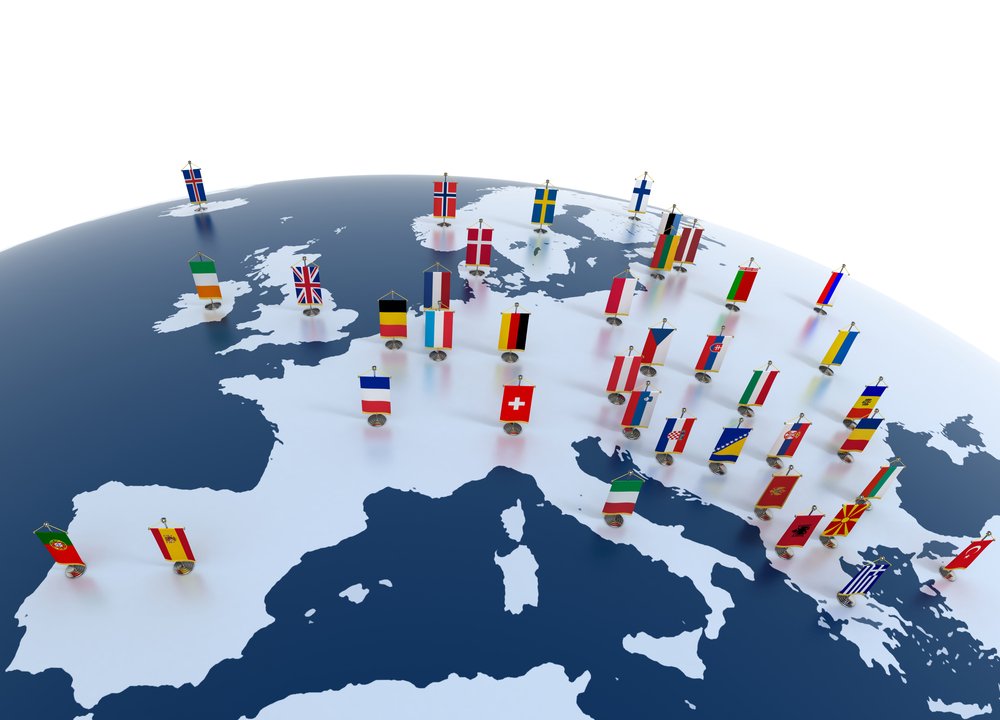Research & Studies

This lecture is concerned with the current affairs of international integration, which is considered as a complex and multi-dimensional process. The paper proposes a more comprehensive, extended and organic version of integration theory than that suggested by mainstream schools. The main components of integration are the global and interstate regional integrations (e.g., EU and ASEAN); however, company-level, urban or national-level integrations also need to be taken into account. Integrated communities such as families, religions and most recently civil and other informal organisations also play a significant role in the process.
International integration is only but a torso, deep in crisis. It is burdened with deficiencies and deficits that require immediate action, especially in terms of the overall reform and renewal of the EU and the global integration framework. Particular attention will be devoted here to the future of the European Union. I will also attempt to make a few modest proposals, each buttressed with a short analysis, hopefully encouraging future discussions on these issues.
A theory-based, complex and structural approach can extend the perspectives and dimensions of analysis
I define integration as a process of creation, development, reproduction and transformation of communities, which leads to the rise of socio-economic, political, cultural, spiritual, or any type of social association or organisation. Integration, as a state of affairs, qualitatively represents evolving/emerging socio-economic organisms of expanding potentials that structurally and functionally become increasingly complex, and which provide services, security, efficiency and welfare. Integration does make sense, if advantages (benefits) exceed disadvantages (costs).
Integration is understood as a historical process. The history of integration started many thousands of years ago, with the very first families that lived in tribes, later in villages and cities, eventually becoming part of nations or – more recently – even global society.
Due to the complexity of the issue, I propose to define these components, primarily along the dimensions of social structures or formations:
1. Intensity of cooperation, communication, division of labour, interconnectedness and interdependence;
2. Techno-structures, technical bases, infrastructure of integration;
3. Patterns of social and power relations and socio-economic stratification;
4. Institutional and regulatory frameworks, system of governance;
5. Socio-economic, cultural or emotional (spiritual) cohesion and solidarity;
6. Identity or identification, devotion or loyalty to the given community;
7. Culture of the community (rules, norms, values, symbols).
Integration is a highly structured process. In general, the formation of different communities or sets of organisms is a multi-layered, multi-levelled, multi-functional and multi-dimensional process. In other words, integration as community-formation covers a great number of integrating communities converging into a unified whole. These communities are in the process of continuous integration (re-integration); nevertheless, they also co-exist with one another. They are overlapping, interacting and interdependent. In every society, there is a great variety of such communities, but their number and complexity tends to grow in parallel with socio-economic development. They cannot be separated; the process, performance or success of integration is dependent on all of its components.
Main chapters of the paper:
The emergence and nature of international integration
History and development of national integration
Global cities: the urban dimensions of integration processes
EU urban policy dimensions
The crisis of EU integration and some possible answers
Ą The pattern of techno-structures: the energy crisis
Ą The diversity of socio-economic models and regulatory frameworks
Ą Socio-economic and cultural cohesion
Ą Identification and devotion to given communities
© 2017-2023, All Rights Reserved